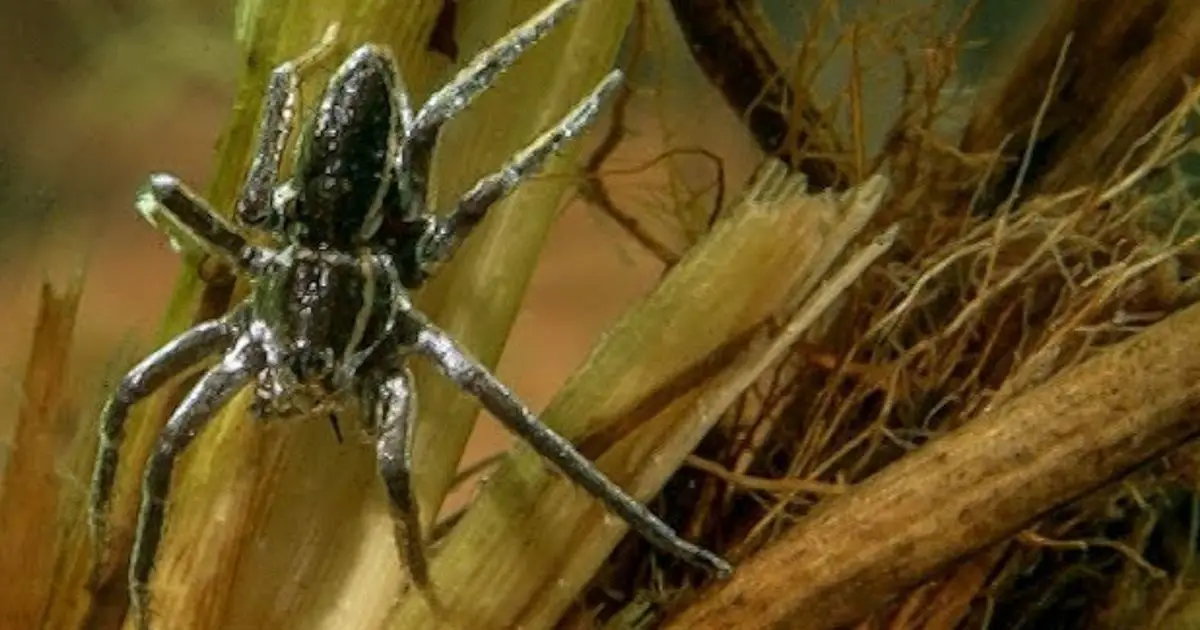
“It’s a good thing. It’s a good thing.”
That’s what I have to chant to myself when reading RSPB’s news ― fen raft spiders, previously on the brink of extinction, have had their best year on record in 2024.
The creatures, which are the UK’s biggest, are so huge that “you can see them with the naked eye 20m or so away.”
That comes from none other than Tim Strudwick, a reserves manager for the RSPB who has brought the species back to thousands (apparently on purpose).
With a span of about 8cm, they’re big enough to hunt stickleback fish.
They’re about the size of your palm; common rats usually reach 6-9cm long, for reference.
Why are they back?
The spiders ― which can walk on water (no, I love this, I’m fine) ― were all but wiped out by 2010.
They don’t hurt humans.
They love marshes and wetlands, but those had become drained and fragmented.
The British Arachnological Society, Natural England, the British and Irish Association of Zoos and Aquariums, the University of East Anglia, and the RSPB teamed up to boost their numbers in 2010.
In 2012, they released some onto the Cantley Marshes. By 2020, they were spotted in Strumpshaw Fen.
“We’ve seen the fen raft spider does really well in grazing marshes with ditches with a lot of vegetation in, this is the area they seem to thrive in,” Tim shared.
“A lot if it is down to food. They’re a generalist predator, taking a lot of different invertebrates, so if we have a lot of those around, like dragonflies and damselflies, that’s the sort of habitat they really like.”
The RSPB says breeding female numbers are now around 10,000 on Tim’s mid Yare valley patch in Norfolk alone.
Their increased presence improves the biodiversity of the area. (Which is good. This is good news. Aaaah).
How can I spot one?
More to the point, how can you miss them?
Actually, that’s a bit facetious. They’re shy, and adults can be hard to spot.
But they seem to be thriving at multiple spots along the River Yare, and may be especially visible when the mothers build their nurseries above the water’s surface.
Tim said of their nurseries: “They catch the dew and if you come on a morning, a sunny morning, the light goes through them, and they glow – you can see them with the naked eye 20m or so away.”
They’re especially visible in the summer months.
Adults have a brown body with white stripes along their abdomen and upper half (they are also massive. I think I would know one immediately by whether I fainted or not).
“We really do want people to see them now, it is a great story to tell,” Tim added.
“Go back ten years or more and there hadn’t been many translocations of invertebrates and most of them had been failures, or not had a great success rate. So it’s great to see one that is really succeeding.”
Even I, an arachnophobe, have to admit that the growth is impressive. (Though perhaps my distance from the hotspots makes that easier to say…)








